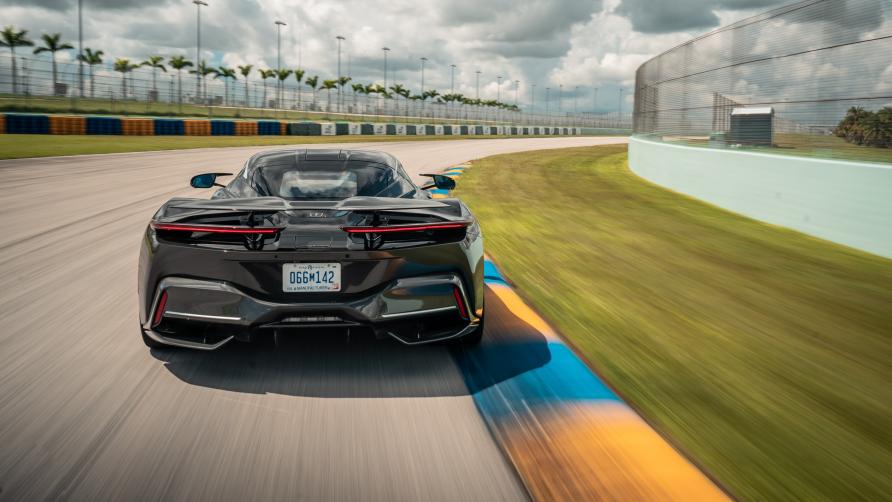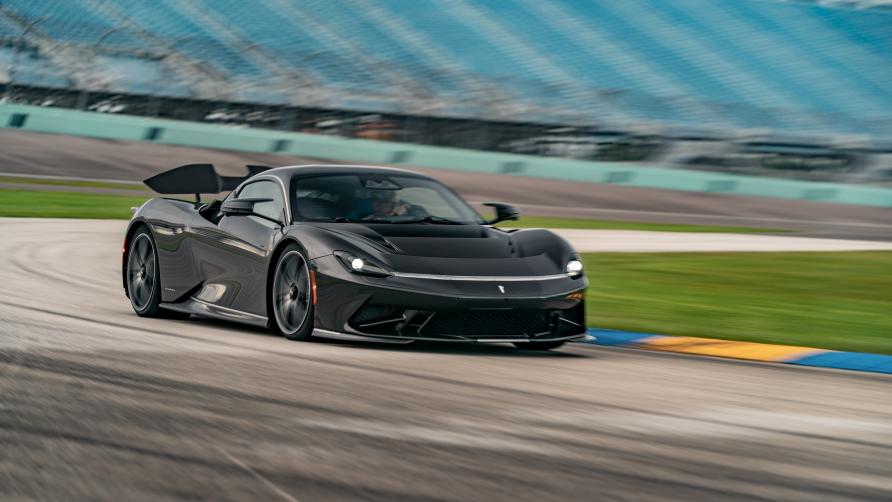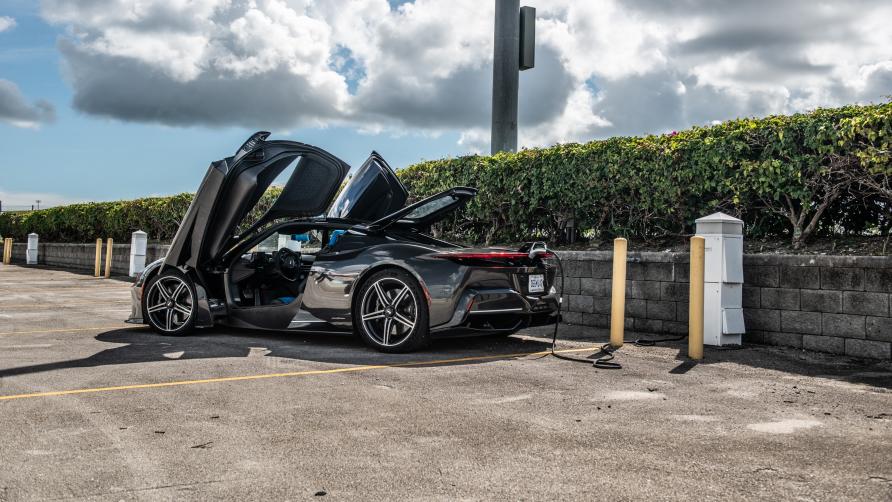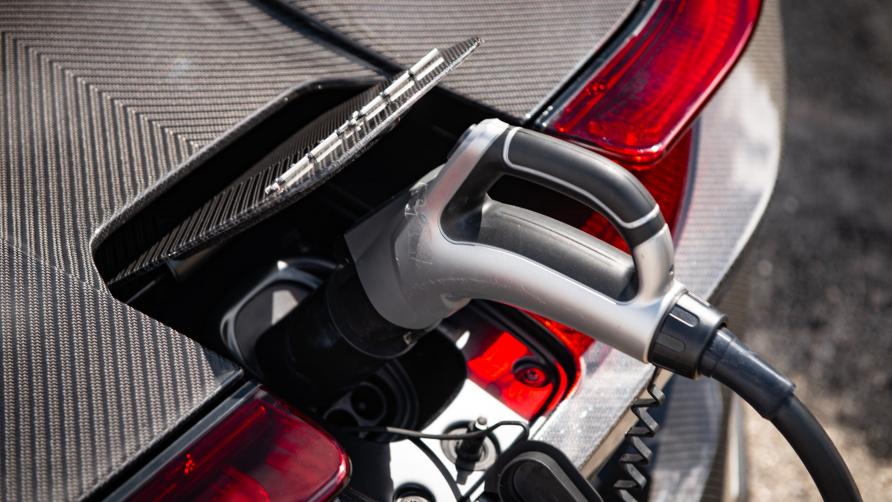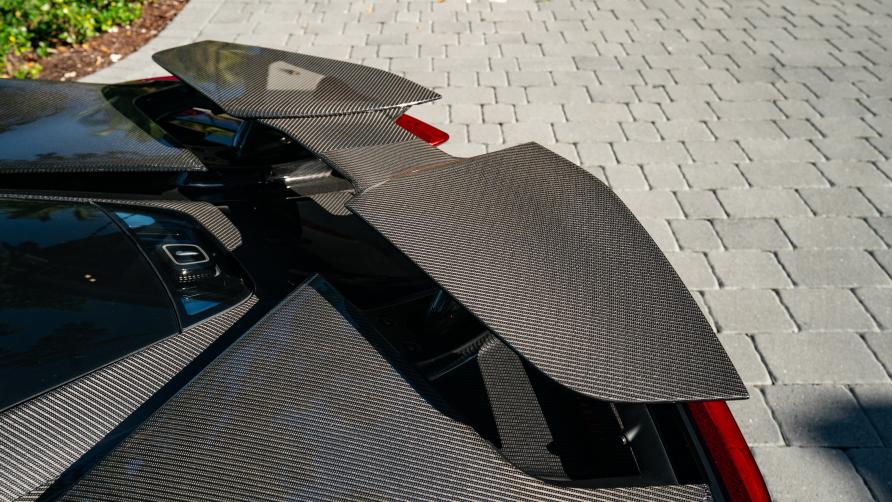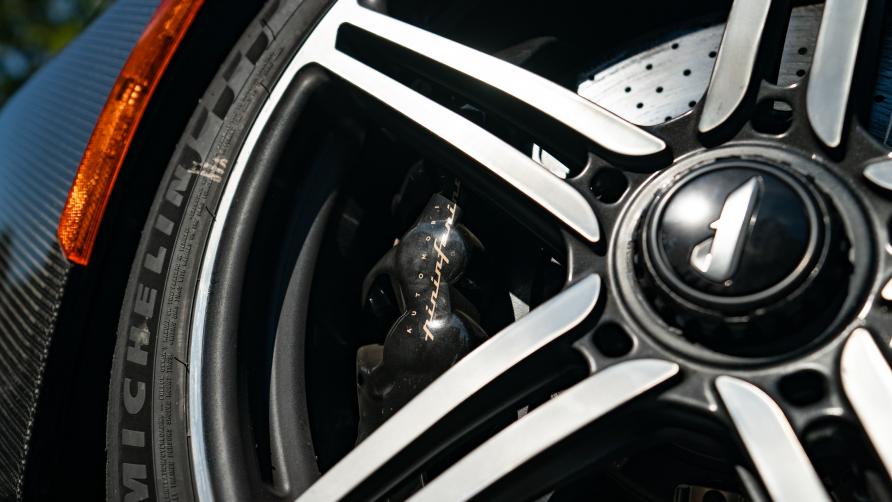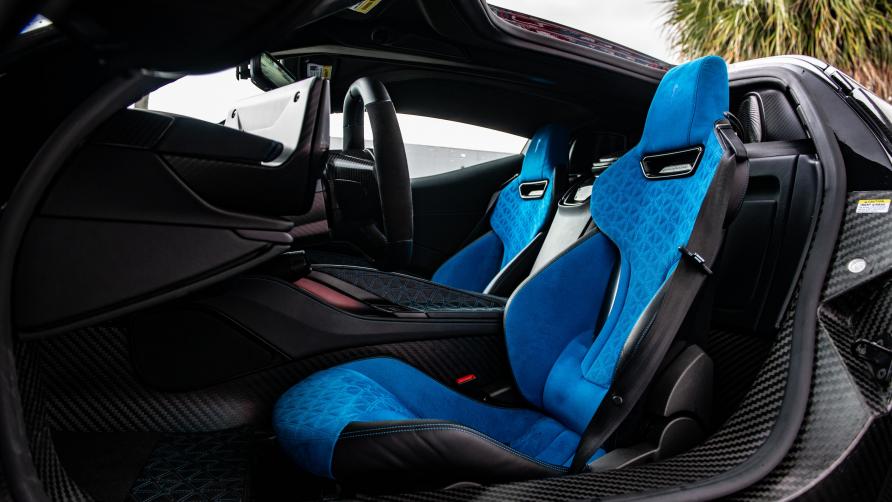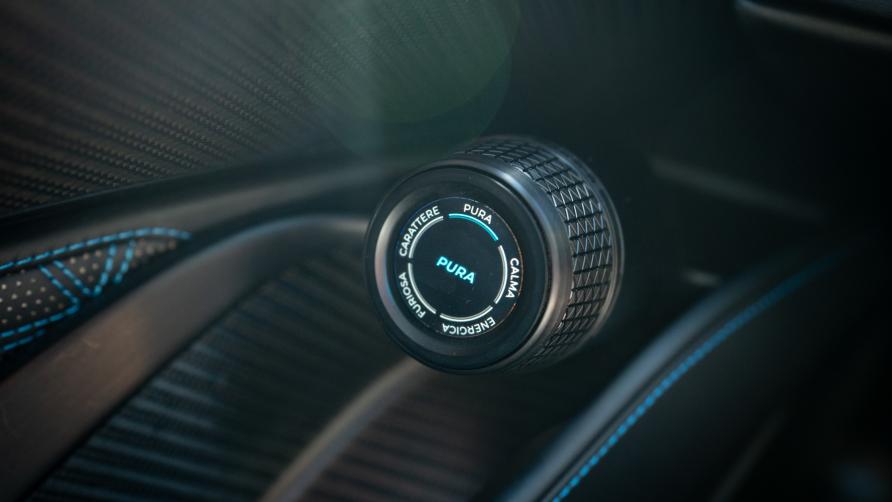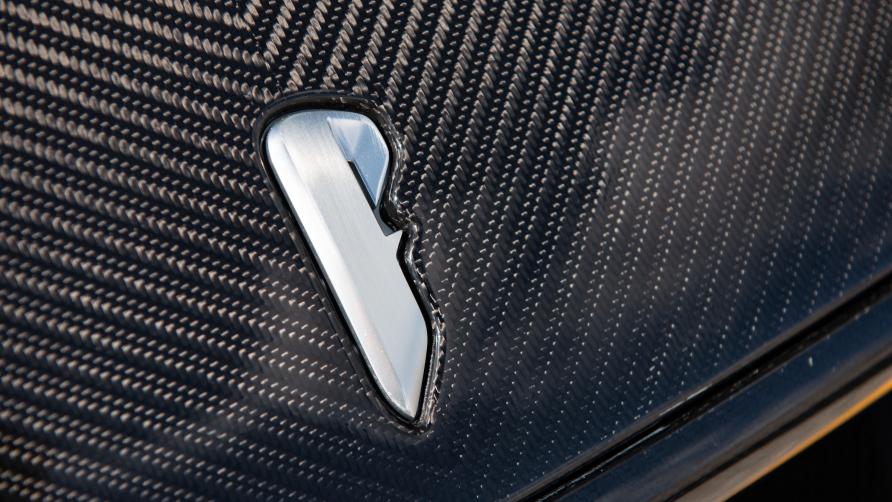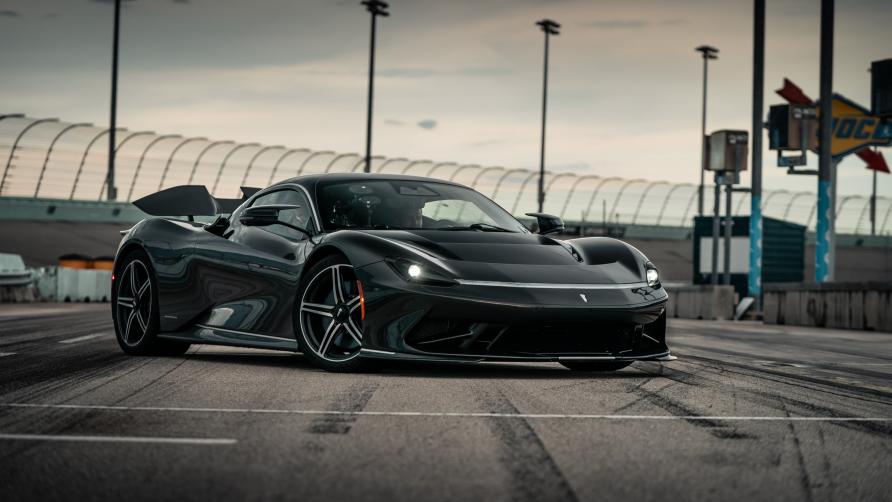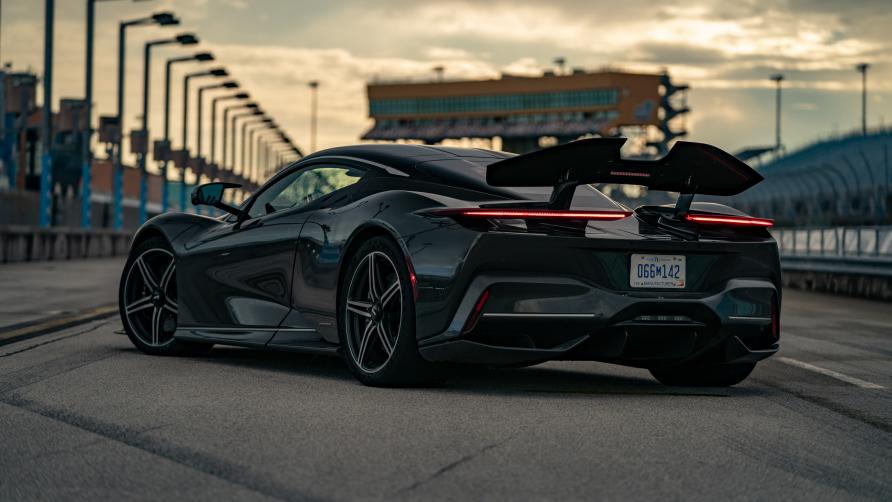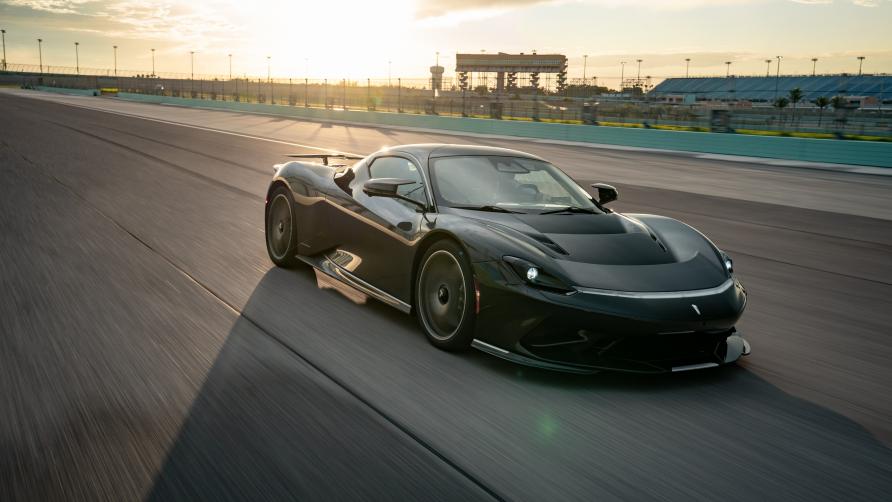Pininfarina Battista review: 1,874bhp electric hyper-GT driven
Test drive: Pininfarina Battista
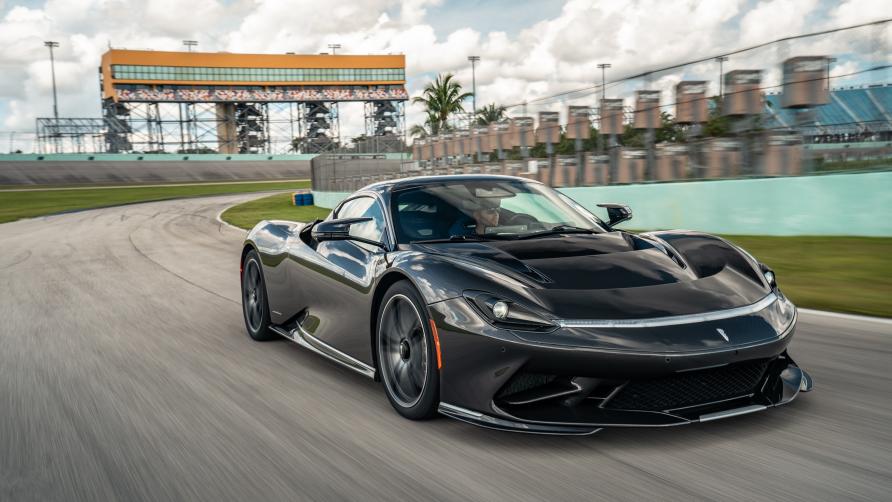
OVERVIEW-WHAT IS IT?
This is the future of really, really fast things. It’s the sister car to the Rimac Nevera, so based around the same powertrain technology, electrical architecture and carbon core – but is draped in a body and interior of Pininfarina’s design. Despite being Italy’s most famous design house and owner of a back catalogue that stretches back 91 years and includes slam dunks like the Ferrari F40 and Cisitalia 202, this is the first road car to ever wear the Pininfarina badge… and the most powerful Italian car ever made.
SO IT’S ELECTRIC?
Sorry, yes, forgot to mention, this is an all-electric hypercar, sorry Hyper-GT. No queuing for £20 (RM113) of fuel in this £2m (RM11m) slice of carbon and lithium, you simply top up via the included (Pininfarina-designed and colour-coded to your car) Residenza wall box in your enormous glass-floored garage, and go about your day. Pininfarina claims a range of 500km on a charge – if you drive like a learner – courtesy of a 120kWh, T-shaped battery that sits down the spine of the car and wraps around behind the seats.
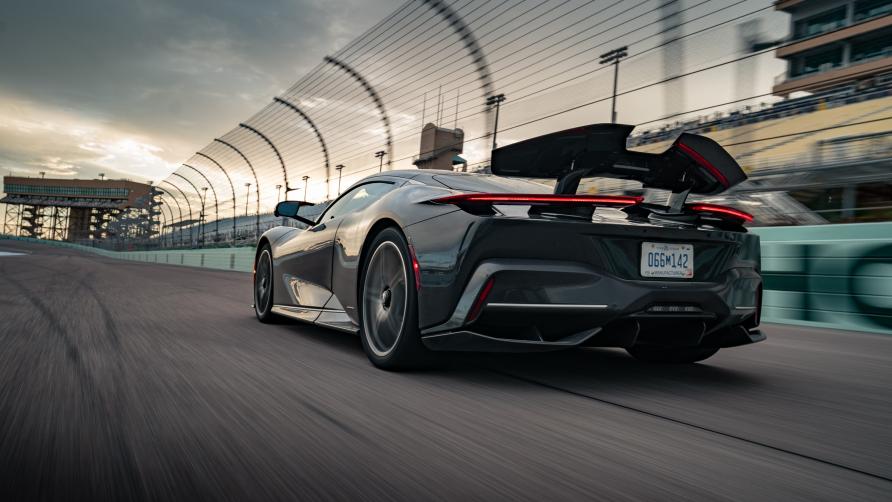
AND WHEN YOU’RE NOT HYPERMILING?
It’s fast. Massively fast. Four motors, one for each wheel, enable full torque vectoring – that’s to say the power can be sent instantly to wherever it’s needed most – and combine to produce a headline figure of 1,874bhp and 2300Nm of torque. For reference that’s the twist of 2.4 LaFerraris. Zero to 97kph takes sub 2 seconds, 0-200kph takes less than 12 seconds, top speed is 349kph and if you can find a 180kw DC charger you can top up from 0-80 per cent in 40 minutes.
Arguably it’s that last number that’s most relevant in the real world, because the biggest headache of Battista ownership is going to be finding somewhere wide, long and private enough to unleash its full performance, even for a few seconds. Fortunately, we had a NASCAR oval and infield to ourselves… more on that in a bit.
So it’s Premier League quick, but lap times and quarter-mile sprints aren’t necessarily the Battista’s main concern. The car it shares its undercrackers with – the Rimac Nevera – is unashamedly the tech-geek’s wet dream, this is more about old school luxury and design. There’s an outrageous surplus of performance, sure, but it’s all wrapped in a classically beautiful carbon-fibre shell, uses the world’s finest materials and comes with endless customisation options that mean each of the 150-car run will be unique. Somebody in Pininfarina’s press department deployed The Maths and calculated that “the total number of possible individual designs stretched to 13.9 quintillion.” I have no idea how many that is because I ran out of fingers, but it sounds like A LOT.
WHAT'S THE VERDICT?
Let’s put that £2m (RM11m) entry ticket to one side for a moment (and the fact that you’ll need your own private racetrack to properly uncork this thing on a regular basis) because the Pininfarina Battista is a triumph for what it set out to achieve. Firstly it’s beautiful, inside and out, our only complaint being that it might be too discreet for some. If that’s the case for you, Mr/Mrs billionaire, may we recommend side-stepping the naked carbon, it just looks dull from a distance, and going for something bold and bright. As per the brief it’s fast too, violently so. Mark my words, you will never get used to the Battista’s club-round-the-head performance, because the human body is simply not equipped to.
Clearly there are limitations to owning an electric hypercar over one with a screaming V12 – a lack of noise, limited range, not being able to flick up and down the gearbox to name but three, but at this stratospheric price and performance point it’s all about conjuring up an experience that lodges in your brain and gets the adrenaline flowing. And it is impossible to drive this car and not be mesmerised, to not be blown away by the way it warps forwards and handles its mass. Besides if you have one of these on order, you’ve probably also got your name down for an Aston Martin Valkyrie and a Gordon Murray T50 and a Koenigsegg Jesko... Perhaps a better question is: one of these, or the Rimac? Take your pick, follow your instincts, you can’t lose.
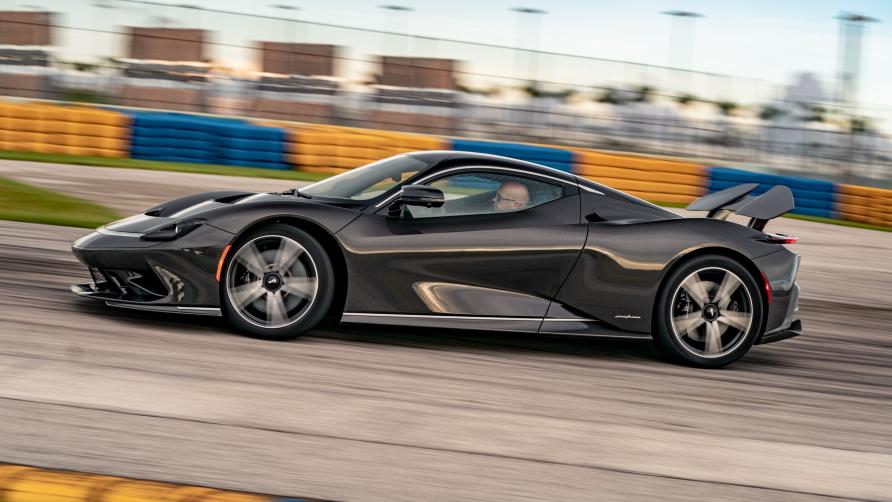
DRIVING-WHAT IS IT LIKE TO DRIVE?
Let’s start with the low-speed manners and work our way up. We got our hands on the Battista in Miami, notorious for its stop-start traffic and absence of any decent driving roads, but no matter because it is a ridiculously easy car to drive at posing speeds. If I was in a Porsche Carrera GT or McLaren F1, there would be finely honed mechanical bits and hair-trigger clutches to nurse around, but not here. The ride, while not exactly plush, is comfortable enough to use every day. The dual single-speed gearboxes (one for each axle), the gentle throttle mapping in the lower driving modes, the regen braking (strong enough to one-pedal it around town)… it’s like driving a very low, very wide Tesla. Quiet too, apart from the artificially generated soundtrack.
It’s electric but the Battista still makes sound, pumping it out through two external speakers and through the internal 12-speaker sound system. And get this – the sound increases in increments of 54hz, because that’s a multiple of 432hz, which is considered the purest frequency in the universe. Utter marketing mumbo-jumbo or actual value to the customer? You decide…
What I can report is it sounds… interesting, like the car’s breathing or throbbing. It’s particularly pronounced when you switch it on in the garage and the bassy pulse bounces off the walls. It’s not copying a combustion engine, but it could be mistaken for one. As you dial up through the modes and build speed, the volume and pitch increases. Let’s file it under a nice conversation starter in the Polo Club, but I’d switch off after a day or two.
A surprisingly pleasant way to travel at sane speeds then, but a battle of willpower not to gun it at every opportunity. Because the performance is ever present, it looms like the devil on your shoulder. So we head to Homestead Miami, point it down the straight and dump the throttle. At which point I let out an involuntary squeak as the air’s crushed from my lungs and we jag forward in a way I’ve never experienced. The straight-line acceleration makes a Taycan feel like a G-Wiz. And then I look down and realise I’m in Energica mode, rather than the full-English Furiosa setting, and only using 1,341bhp and 3000 Nm of torque – just 71 per cent of the car’s potential. And my brain blows a fuse.
Quick word on those driving modes then – adjusted by a rotating dial built into the door, so down by your left thigh. You have Caraterre (your opportunity to personalise all the settings on the car), Calma (the mildest with a mere 402bhp and 1180Nm), Pura (999bhp, 1415Nm of torque), Energica and finally Furiosa (the full 1,874bhp and 2360Nm of torque, along with full torque vectoring deployed). That rear wing, which acts as an airbrake and deploys automatically at high speed can generate up to 500kg of downforce, “more than the weight of a fully grown polar bear” according to Pininfarina’s press release. I’d like to see how they verified that.
Just as I’m about to crank it up to Furiosa, the heavens open and we retreat to the pits. I mention this because when we eventually head back out the track is still damp, and that’s significant when you have 1,847bhp and Michelin Pilot Sport Cup 2Rs. Now if I use full throttle anywhere it’s spinning up its rear tyres in the corners (thanks to a standard-state 30/70 front/rear torque split, before torque vectoring or traction control intervenes) and you can feel the mass pushing the nose wide, then the power flipping that instantly into oversteer when you get back on the throttle. Yes, this may be one of the most technologically advanced cars ever built, with a suite of electronic assistance that boggles the mind, but 1,874bhp is still 1,874bhp and there’s an intimidation factor when your four contact patches have a moist surface to claw at and circa two-tonnes to try and control.
But as the track dries through the afternoon, the Battista’s genius slowly reveals itself. As grip levels increase, you can explore more of the throttle travel, more of the time. It starts to grip hard in the corners and catapults you out rather than lobbing you sideways. You feel the torque vectoring rolling up its sleeves and the mass seems to fall away until I find myself launching it down the straight, leaning on the brakes hard (which are monstrous given the task at hand) and scything through the corners. It’s a wild ride, and a physically demanding one despite Ferrari-esque light but whipcrack quick steering, and the absence of a clutch.
Frankly, it’s outrageous that a car weighing two-tonnes, that is not in any way marketed on its track abilities, that is supposed to be slightly more laid back than the Rimac Nevera can do this. It absolutely lunches the infield circuit and leaves me breathless and wanting more. I don’t suspect many Battista owners will be queuing up to attend a track day, but I encourage them to do so and experience the limits. They’re in for a shock.
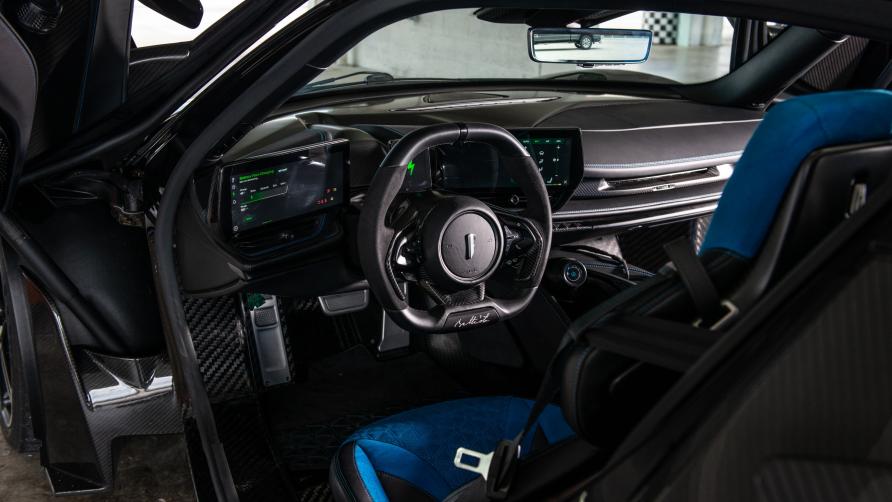
INTERIOR-WHAT IS IT LIKE ON THE INSIDE?
Open the buttery doors, which take part of the sill with them, and you don’t need to be a gymnast to get into the Battista. In fact, you can slide over the squishy bolsters rather than dropping yourself into high-sided rigid race-style bucket seats. This is all part of the Battista’s intended appeal: that it’s a usable GT car first, and absolute rocketship second.
The interior is super simple – a trio of screens all gathered around the driver. The smallest central display attached to the steering column shows your speed and driving mode, the touchscreen on the left shows charging status, details what each driving mode means and lets you adjust the seat and steering wheel, while the one on the right takes care of aircon and music.
We’re big fans of the blue suede seats (one of Elvis’ lesser-known hits), and all the matte carbon (chunky knit on the exposed tub, tighter weave on the interior components) and quilted leather. The rule is clear – if you’re going to charge many millions for a car you need to take every opportunity to swathe it in expensive materials. Case in point – the exterior of our test car, finished in exposed carbon at no-doubt huge expense. Up close, it’s astonishing, from a distance it just looks browny-black. We’d go with a punchier paint colour and celebrate your success.
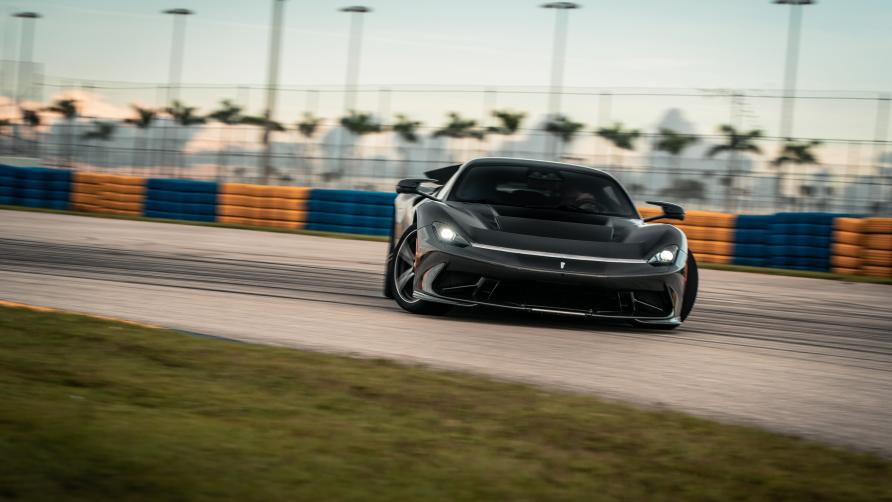
BUYING-WHAT SHOULD I BE PAYING?
This is a ridiculous thing to ask given that you’ll be dropping around £2 million (RM1m) on the Battista, and that’s before you’ve been flown out to Pininfarina’s workshop in Cambiano to work through the exhaustive (and no doubt cripplingly expensive) options list. There are gazillions of different exterior and interior combinations to choose from, so be sure to wear comfy shoes.
Ask Pininfarina for their leasing deals and at best you’ll be met with a blank stare. At worst? We dread to think, but it’s not hard to imagine being removed from the premises very, very quickly. After all, the type of clientele attracted to the Battista will likely end the day by signing a seven-digit cheque in the same manner you or I might an obscure colleague’s leaving card. (‘Who’s leaving? Oh, um, let me find a pen…’) If you have more in common with the kind of person looking to consolidate their debts into one simple, monthly repayment, perhaps try a mortgage lender instead.
There’s better news on the charging front: Pininfarina has agreed a deal with ChargePoint, which has a network of more than 115,000 charging points across Europe and North America. You can use almost all of these for free for five years, at the end of which you could - with enough driving - break even.
How so? For argument’s sake, let’s pretend you’d otherwise be paying the 28 pence per kilowatt-hour stumped up by Tesla drivers using the Supercharger network here in the UK. For the Battista, that’s £33.60 per full charge, so… 59,524 full top-ups until you’ve made back the base price. Or given the car’s 500-km range, 18,452,381 miles of driving.
The residual value might suffer with a figure this big on the odometer. And you’d probably need it serviced every other day. Not really worth it then.
Meanwhile, Pininfarina will throw in a home charging unit of its own, exquisite design, with colours to match the spec of your car. Whether or not this suits the spec of your house is another matter. It provides up to 22kW on an AC supply, enough to fill the Battista’s 120kWh battery in six hours. The leccy won’t be free though, and to make full use of the car’s 180kW charging potential (20 to 80% full takes 25 minutes) you’ll need to pop into a suitable service station.
